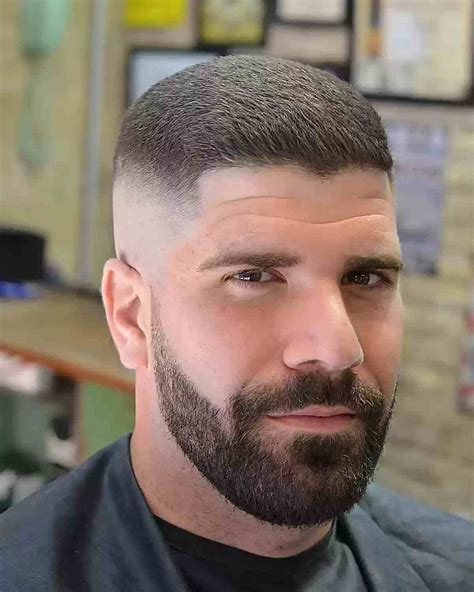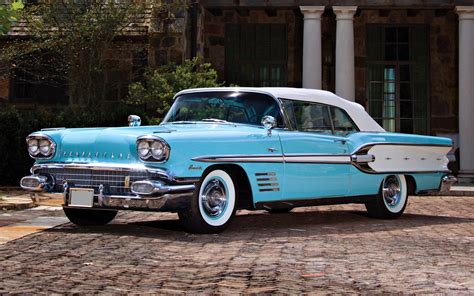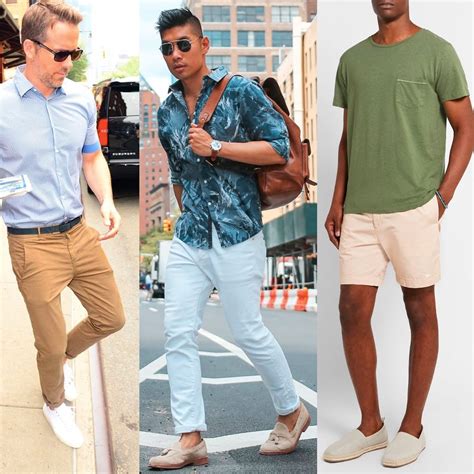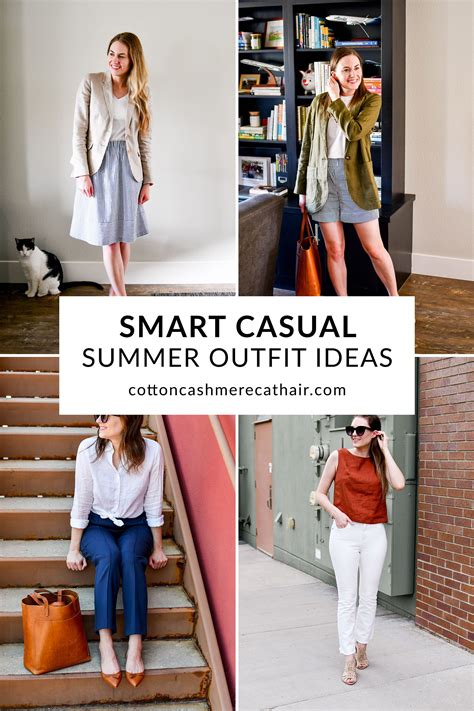Building a Versatile Men’s Wardrobe: From Boardroom to Weekend Brunch
In today’s dynamic world, a man’s wardrobe needs to be as adaptable as his schedule. The goal isn’t just to look good, but to look effortlessly appropriate whether you’re closing a deal in the boardroom or enjoying a relaxed weekend brunch. Building a versatile wardrobe is about smart choices, investing in quality, and understanding how to mix and match pieces to suit any occasion, ensuring you’re always well-dressed without an overflowing closet.

The Core Principles of Versatility
Before diving into specific items, it’s crucial to understand the foundational principles that make a wardrobe truly versatile.
Quality Over Quantity
Invest in fewer, higher-quality pieces that will last longer and look better. A well-made garment, tailored to fit you perfectly, will always outperform a closet full of fast-fashion items. Think about durability, fabric, and craftsmanship.
Embrace Neutrals and Classics
The backbone of any versatile wardrobe consists of neutral colors like navy, charcoal grey, black, white, and beige. These colors are timeless, easily interchangeable, and provide a sophisticated base for any outfit. Supplement them with classic patterns like subtle stripes, checks, or plaid, which add interest without being overly trendy.

Essential Building Blocks for Every Man
With the core principles in mind, let’s identify the key pieces that form the ultimate versatile wardrobe.
Suiting and Blazers
- One Navy Suit: This is arguably the most versatile item. Wear it as a full suit for formal business or events, or break it apart: wear the blazer with chinos or jeans, and the trousers with a sport coat.
- One Grey Suit: Similar to navy, a well-fitting grey suit offers another excellent option for formal and business occasions, and its components can be integrated into casual looks.
- A Versatile Sport Coat: A wool or tweed blazer in a complementary color (e.g., olive, brown, or a subtle pattern) can elevate casual outfits or serve for smart-casual events.
Shirts – From Boardroom to Bar
- Crisp White and Light Blue Dress Shirts: Essential for professional settings, these also work well for smart-casual evenings.
- Oxford Button-Down Shirts: More relaxed than a dress shirt but still polished, perfect for business casual or weekend wear.
- Quality T-shirts and Polos: In neutral colors, these form the base of your leisure wear and can be layered under blazers.
Trousers and Denim
- Wool Dress Trousers: Beyond your suit trousers, a standalone pair in grey or navy offers flexibility.
- Chinos: Khaki, navy, and olive chinos are indispensable for smart-casual and leisure outfits. They bridge the gap between jeans and dress trousers.
- Dark Wash Jeans: A well-fitting, dark indigo pair without distressing can be dressed up with a blazer or down with a t-shirt.
Outerwear Essentials
- A Classic Trench Coat: Ideal for unpredictable weather and adds a layer of sophistication.
- A Versatile Bomber or Harrington Jacket: Great for smart-casual layering and adds a modern edge.
- A Quality Peacoat or Wool Overcoat: Essential for colder months, these elevate any outfit, from suits to jeans.
Footwear – The Foundation of Your Look
- Leather Dress Shoes: A pair of black cap-toe Oxfords and brown leather loafers or Derbies will cover most formal and business needs.
- Clean White Sneakers: A minimalist pair can be worn with jeans, chinos, and even some smart casual suit separations.
- Versatile Boots: Chelsea or chukka boots in leather or suede offer a stylish and practical option for various occasions.

The Art of Accessorizing
Accessories are the secret weapon to transforming an outfit. They allow you to express personal style and adapt a core wardrobe piece to different contexts.
- Belts: Matching your belt to your shoes is a classic rule. Have at least one black and one brown leather belt.
- Watches: A versatile timepiece can dramatically change the feel of an outfit. Consider one classic dress watch and one more casual, rugged option.
- Ties and Pocket Squares: While not always necessary, a small collection of ties and pocket squares in various colors and patterns can add personality to formal or smart-casual looks.
- Quality Bags: A sleek leather briefcase or messenger bag for work, and a stylish duffel or backpack for leisure and travel.

Mastering the Mix-and-Match
This is where versatility truly shines. The key is to see each piece not as part of a fixed outfit, but as an individual component that can be combined in multiple ways.
- Blazer with Jeans: Elevate dark wash jeans with a navy or tweed blazer, an Oxford shirt, and loafers for a sharp smart-casual look.
- Dress Trousers, Casual Shirt: Pair your grey wool trousers with a polo shirt and clean sneakers for a refined weekend ensemble.
- Suit Separates: Wear your navy suit jacket with grey chinos, a t-shirt, and sneakers. Or, pair your grey suit trousers with a casual sweater.

Maintenance and Personalization
Proper care, including regular cleaning and storage, will ensure your quality pieces last. Don’t forget tailoring; even off-the-rack garments can look custom-made with a few simple alterations. Finally, infuse your personality through subtle details like unique socks, a signature fragrance, or a distinctive pocket square. A versatile wardrobe isn’t about conformity, but about having the freedom to express yourself appropriately in any situation.
Conclusion
Building a versatile men’s wardrobe is an investment in both style and efficiency. By focusing on quality, embracing timeless pieces, and understanding how to mix and match, you can create a collection of clothing that serves you impeccably for every facet of your life – from the demanding professional environment to the most relaxed leisure activities. It’s about looking good, feeling confident, and simplifying your daily choices, allowing you to focus on what truly matters.




